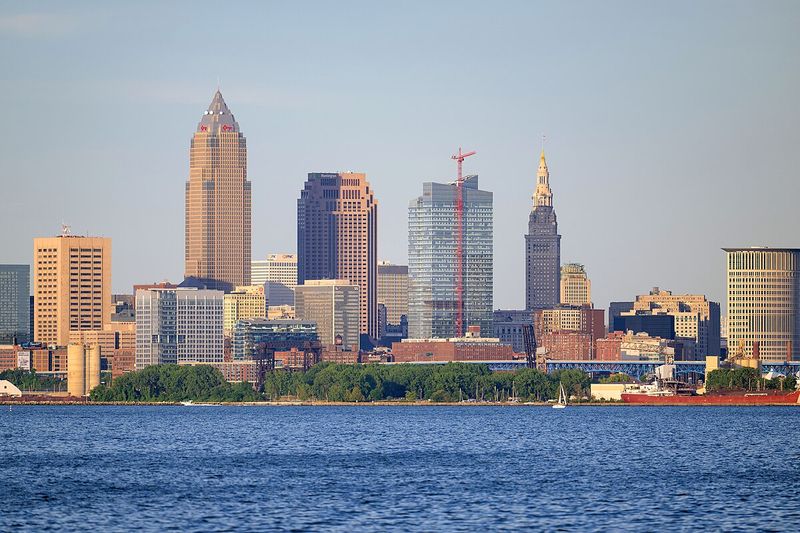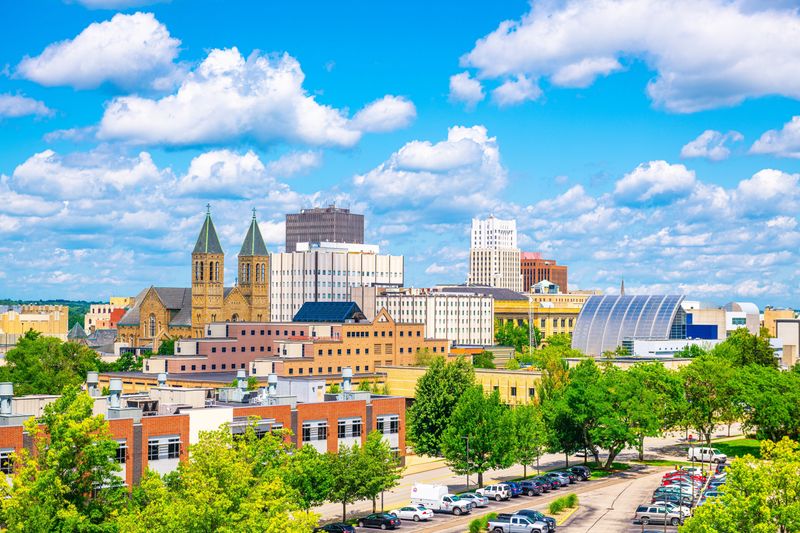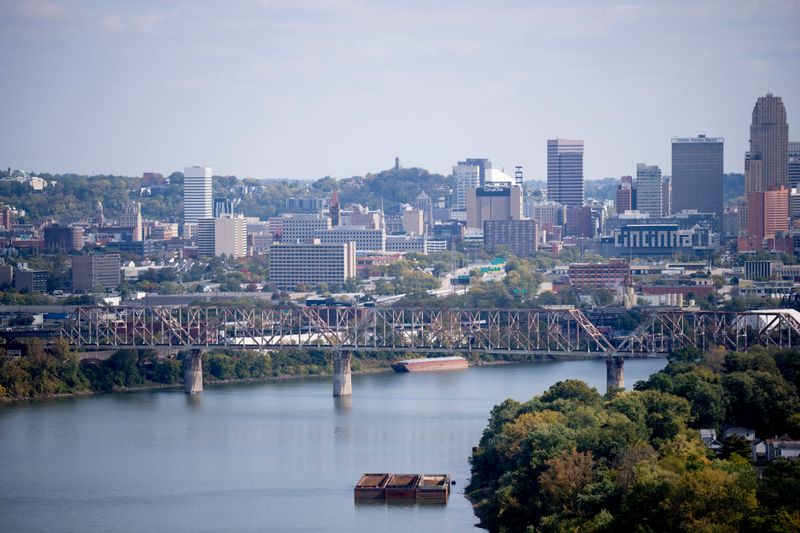Ohio has earned an unfortunate reputation as home to some of America’s most stressed-out cities. Recent studies reveal that several Buckeye State communities rank among the nation’s most anxious places to live. Economic struggles, health challenges, and family pressures combine to create perfect storms of stress in these urban areas. Understanding what makes these cities so stressful can help residents and leaders work toward better solutions.
1. Cleveland Takes the Crown as America’s Most Stressed City

Cleveland holds the dubious honor of ranking as the most stressed city in America for multiple consecutive years. Financial hardship hits residents particularly hard here, with median household incomes falling below $43,000 annually.
The city struggles with the second-highest poverty rate nationwide, creating a cycle of economic anxiety. Over 22% of adults report experiencing 14 or more mentally unhealthy days each month.
Sleep deprivation compounds the problem, with 45% of residents getting less than seven hours of rest nightly. Healthcare access remains limited, while crime rates contribute to ongoing safety concerns throughout many neighborhoods.
2. Akron Climbs to Eighth Place in National Stress Rankings

Akron residents face a unique combination of financial and family-related stressors that push their city into the top ten most anxious places nationwide. The former rubber capital ranks 16th specifically for financial stress indicators.
Family dynamics create additional pressure, with Akron placing sixth nationally for family-related stress factors. High divorce rates and single-parent households strain community resources and support systems.
Economic transitions from manufacturing to service industries leave many workers struggling to find stable employment. Housing costs continue rising while wages remain stagnant, creating an affordability gap that affects quality of life across all age groups.
3. Toledo Jumps Into Top Rankings with Growing Anxiety Levels

Toledo’s stress levels have surged dramatically, propelling the Glass City into 26th place among America’s most anxious urban areas. Economic uncertainty plagues residents as traditional manufacturing jobs disappear from the region.
Healthcare access presents ongoing challenges, with many neighborhoods lacking adequate medical facilities and mental health services. Transportation issues compound daily stress as residents struggle with limited public transit options.
Weather patterns contribute to seasonal depression, while Lake Erie’s proximity creates additional environmental concerns. Young professionals often leave for opportunities elsewhere, creating brain drain that weakens the local economy and community stability over time.
4. Cincinnati Battles Stress Despite River City Charm

Cincinnati ranks 23rd nationally for stress levels, surprising many who view the Queen City as a desirable place to live. Economic inequality creates stark contrasts between thriving downtown areas and struggling neighborhoods.
Traffic congestion during rush hours adds daily frustration for commuters crossing between Ohio and Kentucky. Healthcare costs burden families, especially those dealing with chronic conditions requiring ongoing treatment.
Educational funding disparities stress parents worried about their children’s future opportunities. Crime rates in certain districts keep residents on edge, while gentrification displaces long-time community members. Despite cultural attractions and riverfront beauty, underlying tensions persist throughout various neighborhoods.
5. Columbus Ranks Lower But Still Faces Significant Challenges

Columbus lands at 67th place nationally, making it Ohio’s least stressed major city, though residents still experience notable anxiety levels. Rapid population growth strains infrastructure and housing availability throughout the metro area.
College students and young professionals face mounting student debt while competing for entry-level positions. Traffic increases as suburban sprawl spreads, lengthening commute times and reducing work-life balance.
Housing costs rise faster than wages, forcing many families to live farther from employment centers. Weather extremes create seasonal mood challenges, while political tensions surrounding state government decisions affect community atmosphere. Despite Ohio State University’s positive economic impact, underlying stressors remain present.



